A slow tire leak is more than just a nuisance. A leak can lead to low tire pressure. Not to mention, prolonged running on an underinflated tire can lead to more extensive tire damage or even cause a dangerous blowout.
If you’re experiencing a slow leak, here are some things to look for:A tire puncture: It is a common misconception that a puncture will cause the tire to immediately go flat. However, in many cases the object that caused the puncture remains lodged in the tire and prevents the air from leaking out quickly. As with all tire leaks, it is important not to ignore a puncture. Eventually to object will either wear down and/or work its way out of the tire. For more on this read our article How to Repair a Tire with a Safe, Permanent Fix.
Wheel damage: Another common cause for slow tire leaks is damage to the area where the tire bead meets the rim. This type of damage is typically cause by the driver hitting the curb, taking a speed bump at high speeds OR those dreaded potholes! The impact deforms the wheel’s metal surface which may cause the tire to pull away from the mounting surface of the wheel.
Valve stem damage: The third most common cause for slow tire leaks is worn out or damaged valve stems. Time, use and exposure to elements can cause your valve stems to wear out and cause leaks.
Diagnosing your tire leak:
If your vehicle is equipped with TPMS, you will know right away if you have a leak. If the sensor light on your dashboard goes off, you inflate all the tires back to proper pressure and the light goes back on a few days later – you likely have a leak. If your vehicle does not have TPMS, its important to check your tire pressure regularly.
Once you’ve identified that you have a leak, use TECH Chek to locate the source of your leak. Simply spray the product all around the tire.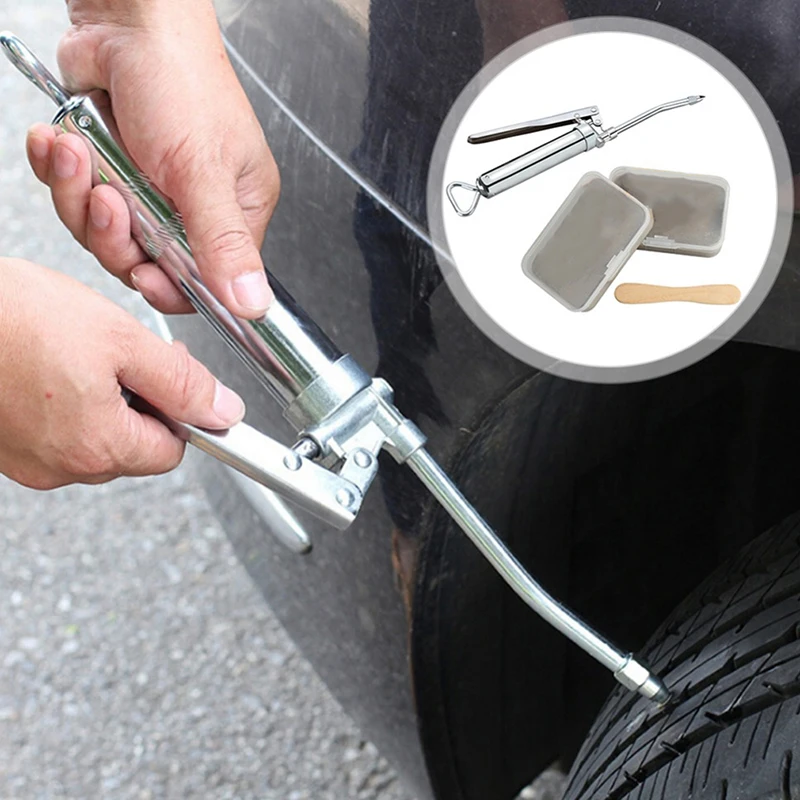 Where the surface of the tire begins to bubble is likely the source of your leak.
Where the surface of the tire begins to bubble is likely the source of your leak.
It’s important to have your tire diagnosed by a professionally trained tire shop or mobile tire repair service as soon as possible. In the case of a puncture, you may want to use a tire repair kit to keep your tire properly inflated until you can have it serviced. The leak should then be permanently fixed using a proper tire repair consisting of a cured rubber stem and repair unit.
If the leak is caused by a damaged valve, a trained tire technician can typically replace the valve at a minimal cost. In some cases, however, the tire may need replaced.
If the leak is caused by a damaged wheel, a tire technician may be able to reseat and seal the tire using a bead sealer. However, if the damage to the wheel is significant, unfortunately that means you may need to replace the wheel itself.
To read more about the types of damage that can and cannot be repaired, click here!
Your tires are where the rubber meets the road – literally – when it comes to the safety and performance of your car. That means, if your tire is leaky, you could be putting your safety at risk.
That means, if your tire is leaky, you could be putting your safety at risk.
A leaky tire causes low tire pressure, which can decrease fuel economy, and put you at risk for a blowout. It also decreases the ability of your car to handle properly, making it more difficult to respond to emergency situations or drive in inclement weather.
In this article, we’ll discuss how you can diagnose and fix slow tire leaks. Don’t just ignore that low pressure sensor – check out this guide!
The Most Common Causes Of Slow Tire LeaksThere are three common issues that cause slow tire leaks. Let’s discuss each one of them now.
If your valve stem is damaged, there will be a slow and constant leak. This leak could come from either the body of the valve, or the base of the valve, where it meets the tire.
This leak could come from either the body of the valve, or the base of the valve, where it meets the tire.
Contrary to popular belief, puncture damage usually doesn’t lead to an immediate flat tire or blowout, in most cases. This is because the object usually remains lodged in the rubber, preventing air from leaking quickly.
There are a few ways you can diagnose a slow tire leak
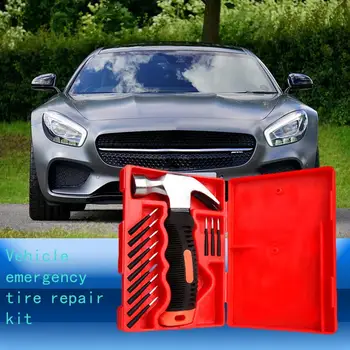 If one of your tires seems perpetually under inflated, chances are you have a leak.
If one of your tires seems perpetually under inflated, chances are you have a leak.If you have a slow tire leak, you’ll want to have it repaired professionally as soon as possible. In some cases, you may want to keep a tire plug or patch kit in your vehicle. These kits are easy to use, and can keep your tire inflated until you bring it to a professional tire repair shop.
To permanently fix a tire leak caused by a puncture, you will need a “plug and patch”. This method of repair involves removing the tire from the wheel, and placing a combination plug and patch on the tire.
If your leak is caused by a faulty valve, you may need to replace it or your tire.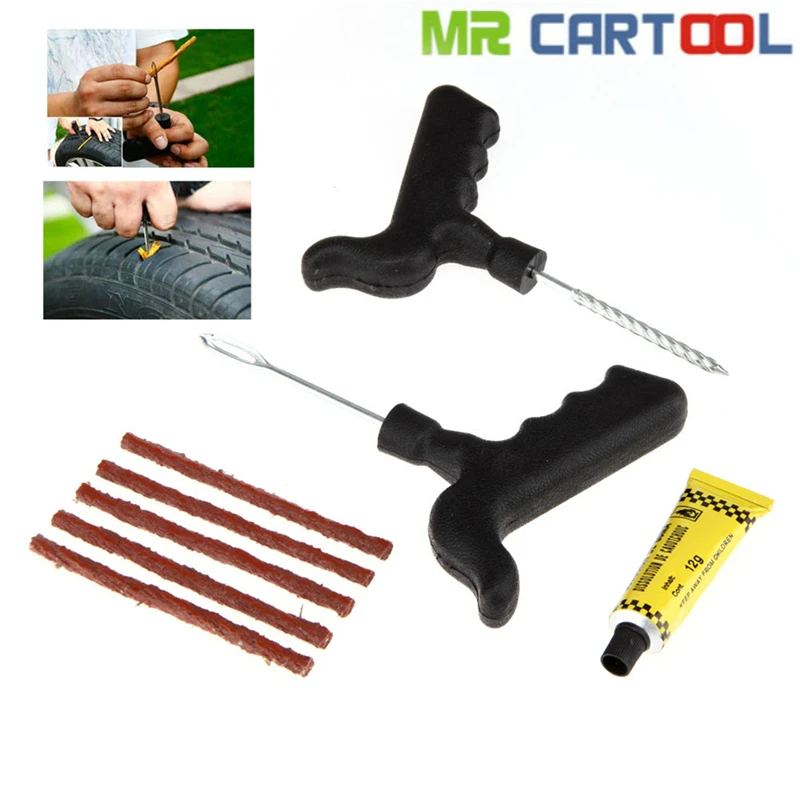 Leaks caused by a damaged mounting surface may require you to replace the entire wheel.
Leaks caused by a damaged mounting surface may require you to replace the entire wheel.
If you need to repair a tire damaged by a puncture, or you think your valve or mounting surface may be damaged, we can help!
Schedule your appointment on Ride Time today, and come to our service centre now in Winnipeg, to make sure you stay safe on the roads!
Since the tire is constantly exposed to aggressive influences while driving, the risk of damage to it is quite high even when driving on well-maintained highways. That is why the vast majority of motorists at least once in their lives turned to tire shops not only to replace worn tires, but also to repair them.
There are several types of tire damage, for each of which a certain repair technology is used - cuts, punctures and deformation of the carcass or cord. All these works by tire repairs are carried out by our tire fitting specialists at a high professional level.
A puncture should be understood as a through damage to a tire of small dimensions, usually not exceeding 3 mm.
One of the most common causes of punctures is our harsh reality, the main element of which is a large number of self-tapping screws and nails lying on domestic roads. Having stuck into the tread, a sharp object remains in it for a sufficiently long time, until it is discovered by the car owner. One of the signs of a foreign object in the tread is a frequent drop in tire pressure.
The repair of such damage is quite simple, since there is no damage to the frame. To restore the tightness of a tubeless tire, special patches are used that are glued to the site of damage. Before installing the patch, the damaged area is thoroughly cleaned and degreased. The strength of the connection between the patch and the rubber surface is ensured by cold chemical vulcanization of the rubber. In addition, special flagella can be used to repair punctures.
Compared to punctures, repair of cuts is more difficult, primarily due to the large size of the damage. In such cases, patches and flagella cannot be dispensed with. Moreover, in many cases it is wiser to replace the tire, as repairing a cut that is too large will greatly increase the chance of re-sealing. In addition, the repair of extensive cuts in many cases does not allow for high-quality wheel balancing, which is very critical, given the high speed of a modern car. Another unpleasant feature of cut repairs is their high cost, which is often comparable to the price of a new tire.
Restoration of tightness after a tire cut is carried out by installing a special cord patch, which is attached to the surface using hot vulcanization. In addition, there are other methods of repairing cuts without the use of patches.
The appearance of bulges on the sidewall of a tire indicates internal cord damage. In most cases, this is due to deep cuts or ruptures of the tire after a strong mechanical impact.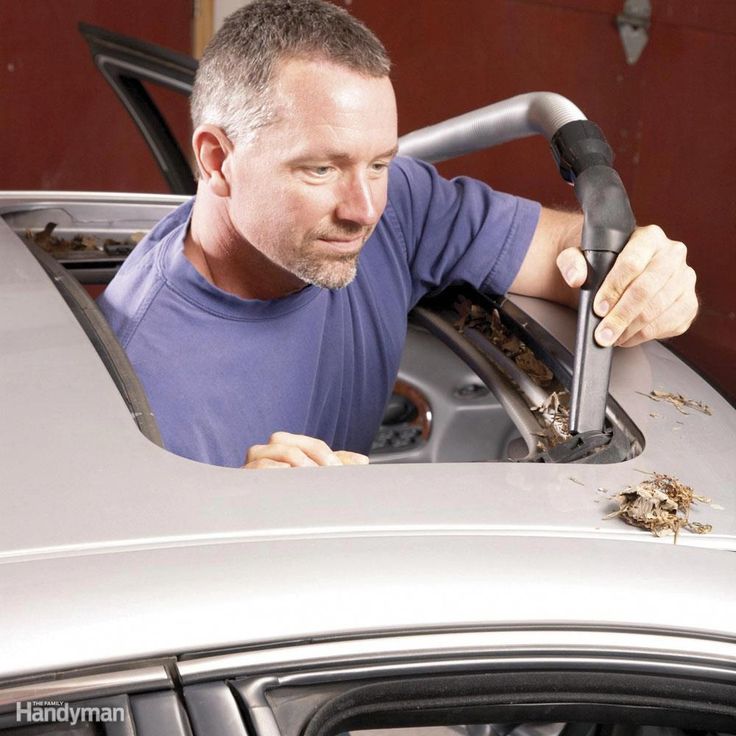
Tire cuts are repaired with cord patches. With internal damage, everything is somewhat more complicated, since this phenomenon is associated with a break in the cord, which, in fact, leads to the appearance of blisters on the surface of the tire. This is the so-called "hernia". If this type of damage is found on the surface of the tire, contact a specialist workshop as soon as possible. The fact is that during operation, the hernia will increase in size. Due to the violation of the integrity of the cord, the remaining intact threads will experience a large load, which sooner or later will lead to their rupture. The end result of delaying a hernia repair is to render the tire completely useless with no technical ability to repair it.
Mobile tire service for car tire repair 24 hours a day.
Urgent arrival in 30 minutes within the Ring Road.
Call the master
You can try to repair a flat tire on the road on your own, but in the absence of tools and experience, the most convenient option is an on-site tire repair service.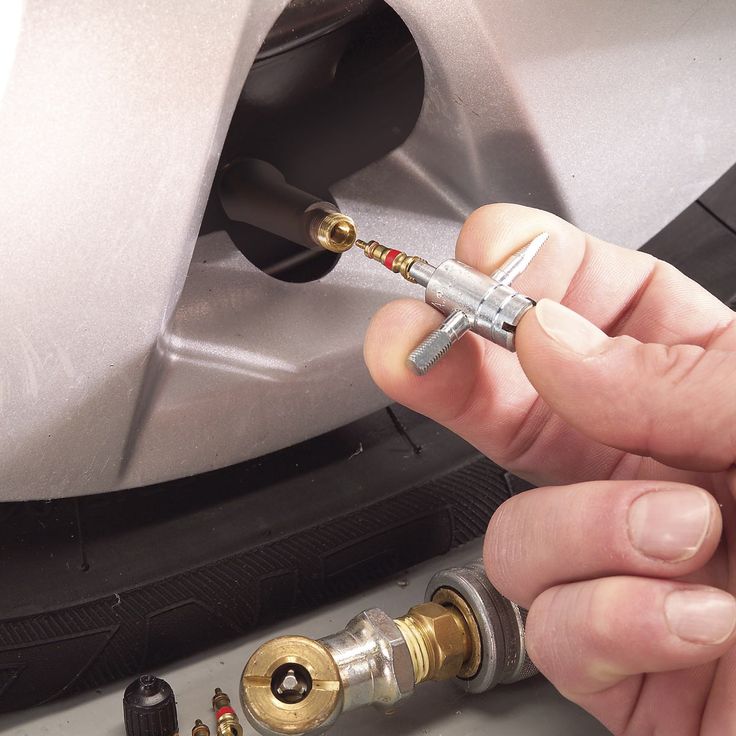
Specialists, who can be called 24 hours a day, arrive at the place of an emergency stop as soon as possible. And the presence of experience and special tools allows you to perform mobile tire fitting efficiently and quickly.
Call (812) 209-23-24 or leave a request through the website form and wait for a call.
Tell the dispatcher in detail about the problem, answer possible additional questions.
Within 2 minutes after the call, an on-site tire fitting machine will go to your aid.
Modern equipment installed inside mobile tire changers allows you to work with any type of tires:
 Specialists will install patches on the side and shoulder parts of the wheel, build up fallen or worn studs, increasing tightness and strength.
Specialists will install patches on the side and shoulder parts of the wheel, build up fallen or worn studs, increasing tightness and strength. Bias and radial tires to be retreaded, tubeless tires and standard wheels being repaired. And at the end of each procedure, pumping and balancing is performed.
Fill out an application for tire fitting now and will arrive at
Call tiresomontate